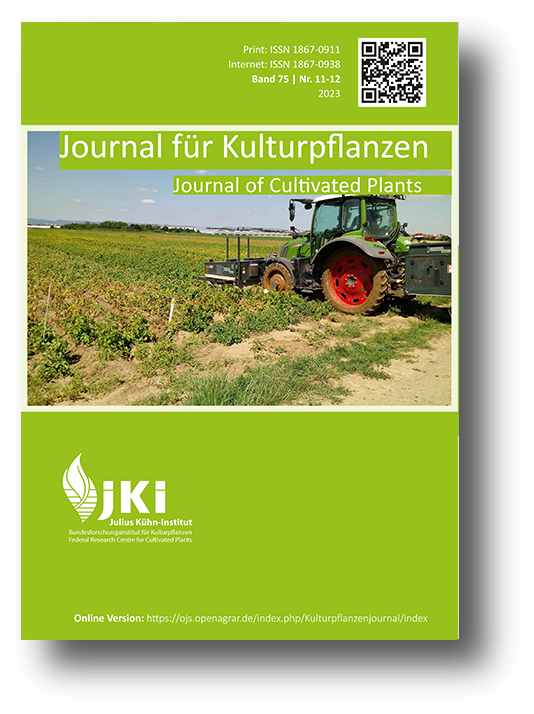Landscape thought pollinator friendly – how agricultural areas become livable environments for bees (Apiformes)
DOI:
https://doi.org/10.5073/JfK.2023.11-12.01Keywords:
grassland farming, pesticides, wild bees, bumblebees, Apis mellifera, monitoring, biodiversity, subsidy measuresAbstract
One of the main reasons of a worldwide decline in bee diversity is the intensification of agriculture. In Austria, Germany and Switzerland, between 32 and 47 percent of the state area is used for agriculture. The decline of field edge structures, the use of pesticides and an associated loss of forage and habitats affect both honey bees and wild bees negatively. This work summarizes agricultural measures to maintain or restore bee habitats, for example by creating flowering areas, natural nesting sites or alternative management methods such as permaculture or agroforestry. Usage of pesticides and associated consequences for bees are discussed, as well as approaches to reduce insect loss due to multiple mowing in intensively managed grassland areas. Implementation of bee-friendly, yet economically feasible management methods is only accomplishable in reciprocal dialogue between science and the designers of agricultural landscapes – the farmers. Communicating ecological relationships between the preservation of bees, pollination services and environmental sustainability via continuing education and training of next generation farmers is crucial to increase sustainability in agricultural practices. This article aims at providing the basic knowledge for bee-friendly agriculture as well as suggestions for monitoring to assess the impact.
Downloads
Published
Issue
Section
License
Copyright (c) 2023 Kathrin Grobbauer, Anke Dietzsch, Robert Brodschneider

This work is licensed under a Creative Commons Attribution 4.0 International License.
The content of the journal is licensed under the Creative Commons Attribution 4.0 License. Any user is free to share and adapt (remix, transform, build upon) the content as long as the original publication is attributed (authors, title, year, journal, issue, pages).
The copyright of the published work remains with the authors. The authors grant the Journal of Cultivated Plants, the Julius Kühn-Institut and the OpenAgrar repository the non-exclusive right to distribute and exploit the work.







